If you need to invest in an injection-molding tool usually depends on whether you choose a chip in a special format or your requirements can be fit onto one of our existing platform. microfluidic ChipShop‘s unique “Design-your-Lab Concept” enables you to benefit from existing injection-molding tools for quite common microfluidic chip formats like the microscopy slide, the microtiter plate, or the CD. With that you can avoid the costs of investing in your own injection-molding tool.
Here and on the following pages, we summarize our standard formats, including various kinds of fluidic interfaces, for you. The interfacing side of the device has a fixed geometry while the bottom part is free for your individual design. You can order all platforms as blank slides with the respective interfaces. That allows you to rapidly prototype structures, e.g. by direct mechanical machining of the micro-structures into the slides. This method of prototyping results in devices, which look identical to molded parts, including the fluidic interfaces and the chemical properties. The only difference to a molded part is the slightly increased surface roughness, which gives the machined areas a matte appearance.
¼ Microtiter-plate format
If your applications do not require the full size of a microtiter plate, you can order a variation with a footprint of one-quarter of the titerplate. This is particularly relevant, when your instruments have tighter size restrictions.
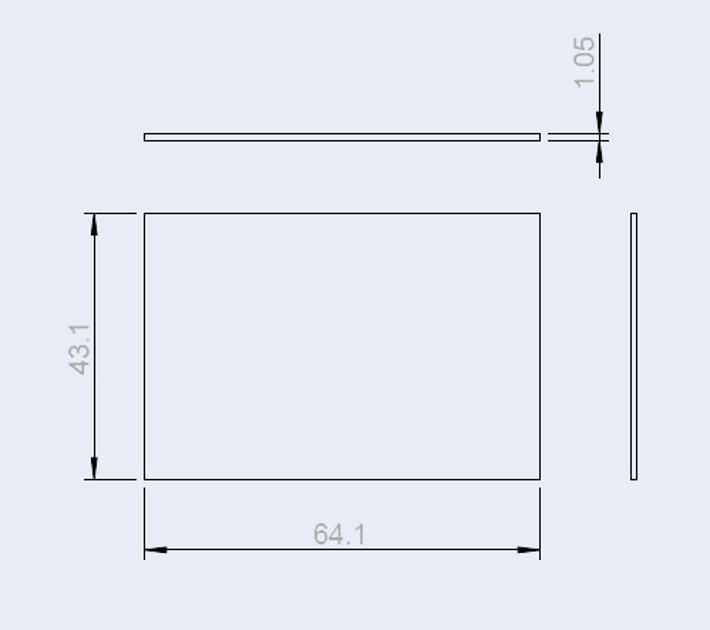
Schematic Drawing of 1/4 Microtiter-Plate
Extended Size I Platform Format
This platform is suitable for you, when you require chips in a long and narrow format (95 mm x 16 mm). Examples of that chip format including micro-structures are our electrophoresis chips. You can order that platform either with through-holes or with Luer interfaces.
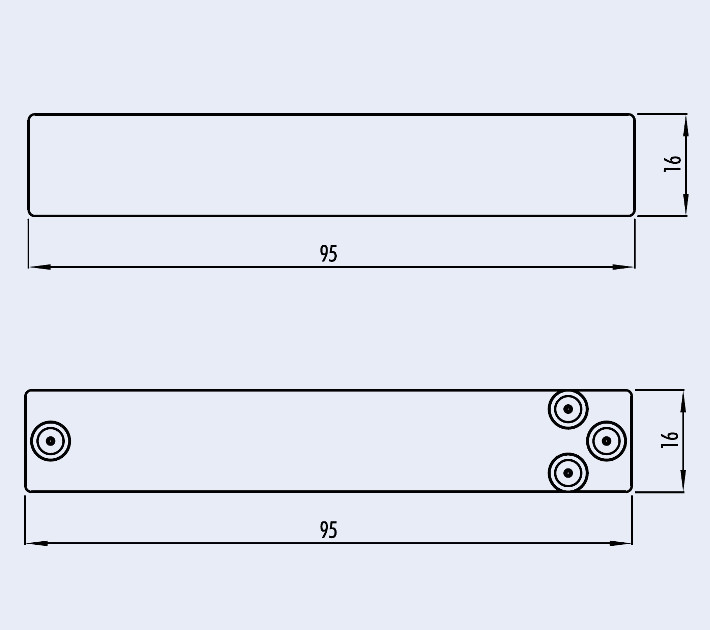
Schematic Drawing of the Extended Size I Platform
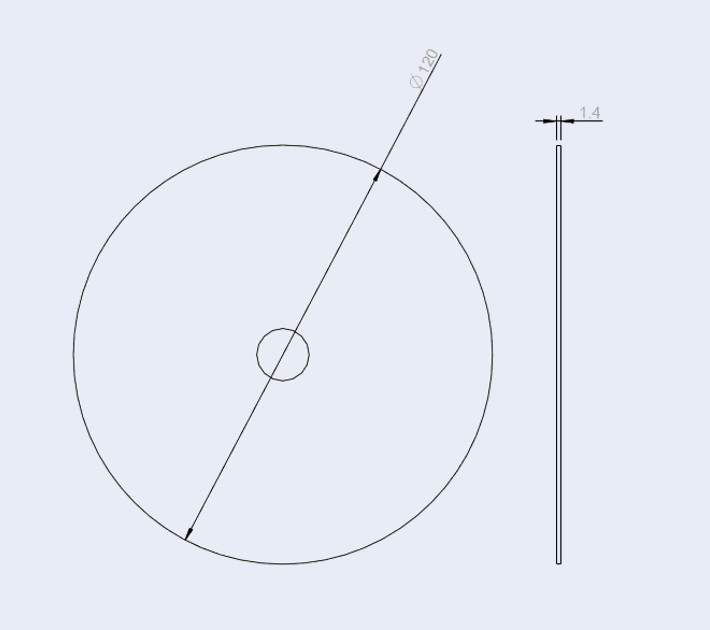
Schematic Drawing of the CD-Platform with Dimensions
CD-Format
If your applications use liquid transportation by centrifugal forces, a CD-sized tool is available. Please note that for that format, special fabrication requirements apply: first, a central hole with a diameter of 15 mm, second, a CD clamping region with a diameter of 25 mm centered around that hole. Your design must reflect that it is not possible to structure that part of the platform. Also, only through-hole fluidic access is possible in this format.
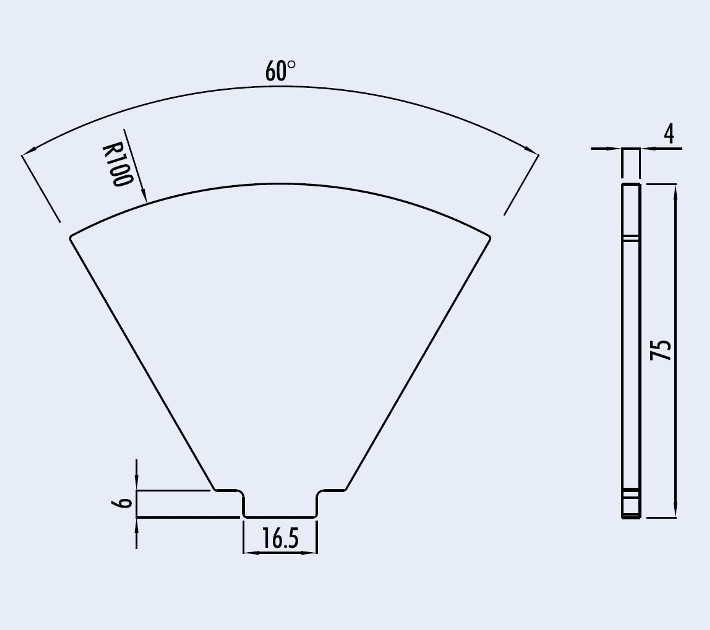
Geometrical Layout of the Pie Slice Plate
Pie-Slice Plate
A variation of the centrifugal platform is the pie-slice plate. This is a 60-degree sector of a circle and allows you to assemble different functions in different sectors of a disc modularly. This format also allows you higher fluidic volume applications than the CD format, since it has a maximum thickness of 4 mm.
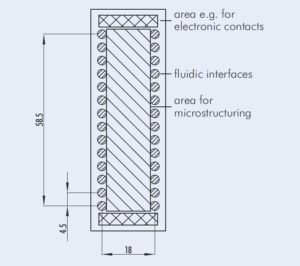
Principle Drawing of a Microscopy Slide with Fluidic Interfaces Along the Long Sides of the Chip
Microscopy Slide Format
The microscopy slide format (75.5 mm x 25.5 mm x 1.5 mm) is now an accepted standard in the lab-on-a-chip field and has several advantages: A handy format that makes it easy for you to manually manipulate it – it’s not too big and not too small, it fits perfectly onto any microscope, and you can use handling frames to put the microscopy slides inside and work with your existing laboratory equipment systems, for example for filling or read-out.
The chip-to-world interface frequently remains a challenge… read more
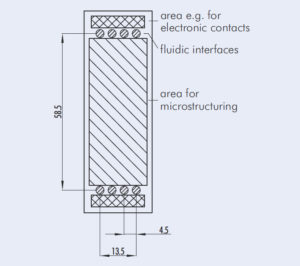
Principle Drawing of a Microscopy Slide with Fluidic Interfaces Along the Short Sides of the Chip
Microtiter Plate Format
The combination of the microfluidic world and its advantages with the well-known world of laboratory automation is the merger of microfluidics with the SBS standard microtiter plate (85.48 mm x 127.76 mm). At microfluidic ChipShop we have several injection-molding toolswhich allow us to fabricate microfluidic networks on the microtiter plate, ensuring the outer rim of the SBS pattern also fits with your existing automation set-ups.
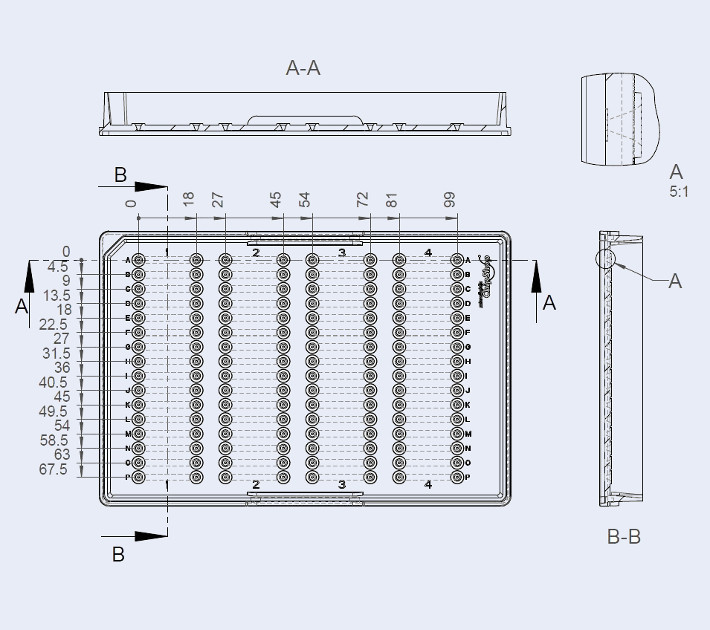
Schematic Drawing of a Microfluidic Microtiter Plate
Double Slide Format
The double slide format (75.5 mm x 50 mm x 2 mm) is an in-between solution of the smaller microscopy slide and the microtiter plate. The platform is equipped with two double rows of 10 Mini Luer interfaces, which allows you to vary the fluidic interconnects in the development phase until they match your requirements.
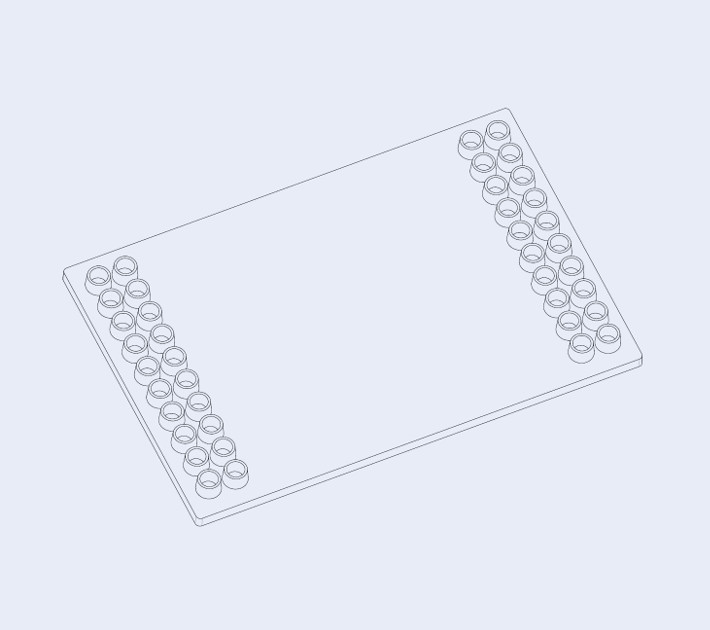
Schematic Drawing of Double Slide Format
